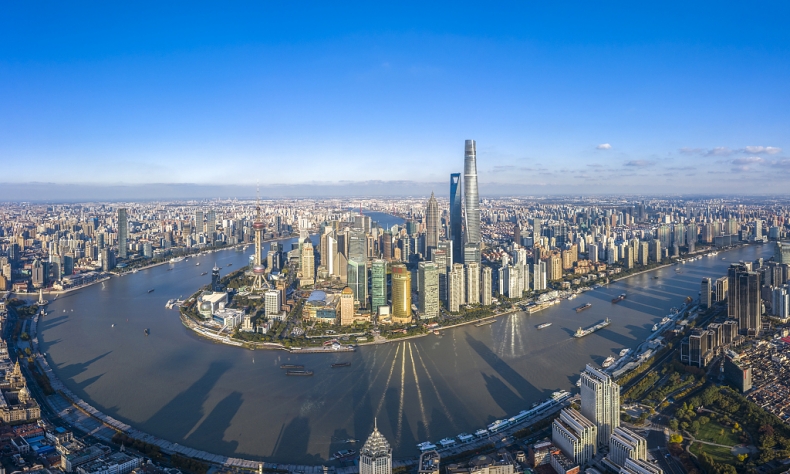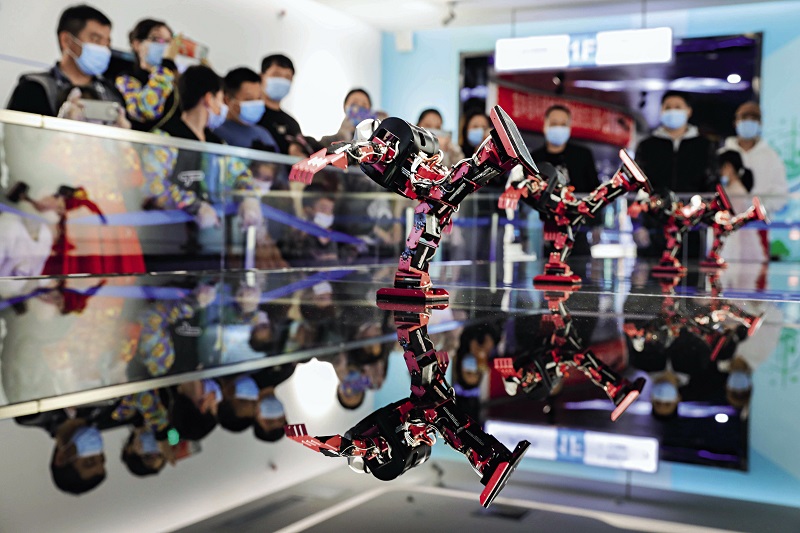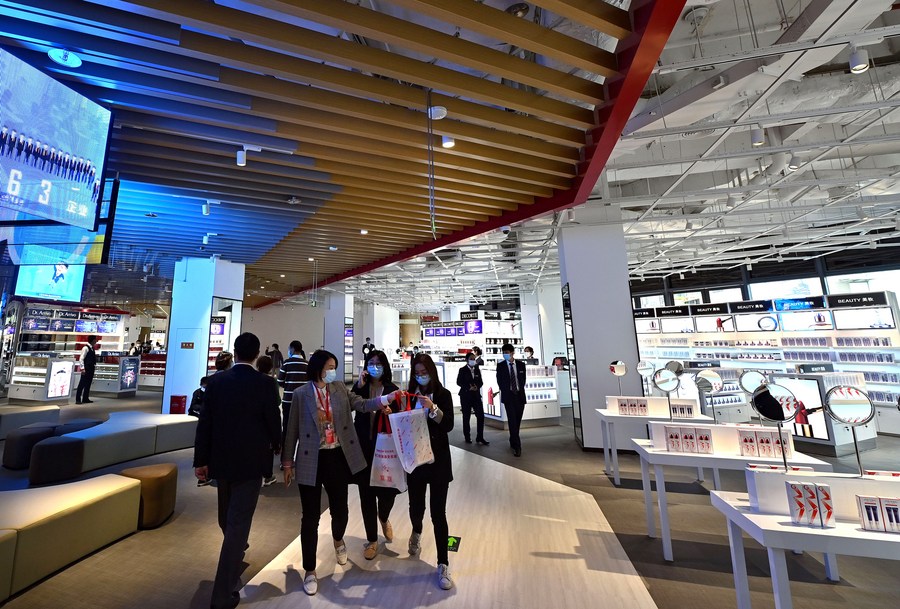China’s Economic Advance Gives Hope to the Developing World

Under the leadership of the CPC, China has inspired the developing world with its success in building an advanced economy in only a generation.
China’s economic progress since the commencement of its reform and opening-up in 1978 gives hope to every developing nation that if China can do it, so can we. A 2019 report by Switzerland-based financial services company Credit Suisse Group said that China was this century’s champion in wealth creation and the figures it cites are truly amazing. Having successfully cushioned the impact of the global financial crisis of 2008-2009, unlike so many other nations, China has seen total household wealth rise from US $3.7 trillion in 2000 to US $63.8 trillion in 2018, an exponential 17-fold increment. China’s transformation from a largely agricultural society into a technologically advanced economy — the world’s second largest — has lifted hundreds of millions out of extreme poverty and created a large middle class that is ascending even higher to upper middle-class status.
According to the China Power Project of the Center for Strategic and International Studies, in 2000, China’s middle class amounted to 39.1 million people (just 3.1 percent of its population), but by 2020 this number had soared to more than 400 million. China has even overtaken the United States as the country with the highest number of residents in the top 10 percent of the world’s wealth according to Credit Suisse Group’s 2019 Global Wealth Report. China, of course, has gone far beyond just creating wealth: Using the World Bank indicator of extreme poverty of people living on less than US $1.9 a day, global poverty has declined from 36 percent of the global population (1.9 billion people) in 1990 to about 8.7 percent (669 million people) in 2018. China, however, was responsible for over 60 percent of this decrease.
How did China pull off this economic miracle? Hundreds of books and thousands of articles have been devoted to this subject, but on my many trips to China over the past decades I have learned about China’s development and have seen for myself how China has emerged economically so dramatically. China’s reform and opening-up drive began by concentrating on revitalizing the agricultural sector, the largest part of the economy at that point. Then China started to create special economic zones in its coastal areas to encourage labor-intensive manufacturing, taking advantage of its cheap and abundant labor supply. During the following years, China gradually became the workshop of the world.

Next, allocating plentiful credit through state owned institutions, the economic model of the special economic zones was spread across the country and China began to move up the value chain by investing in higher education and training so that low-cost labor would not be its only advantage. High-speed trains, highways, and other infrastructure soon followed. More and more foreign companies came to invest in China and China also began to invest abroad. By 2001 when China entered the World Trade Organization, it had become a global economic player. Skillful management allowed the country to successfully circumvent the damaging fallout of the 2008-2009 financial crisis brought on by the dubious practices of Western financial institutions. From this position of strength China started to invest massively in the technologies of the future such as artificial intelligence, solar power, and biotechnology. In just one generation, China has moved from a minor actor in the global economic arena to the second largest economy, with many analysts believing it will eventually overtake the United States.
There are many lessons for Africa in this story of incredible development but perhaps the major one is realizing the strengths of your real assets and then build an economy around them. As we say in Africa, “He who has no pond should not breed crocodiles.” Labor was China’s primary asset when it began its ascent, and a young and growing workforce is Africa’s great advantage now. Sub-Saharan Africa has a total population of 800 million today and by the end of this century estimates are that Africa will account for over a third of the world’s population. And it is a young population, too — approximately 75 percent are under the age of 30 according to reports from the United Nations Development Program. Agricultural reforms started the Chinese advance and agriculture has the potential to become an even greater African asset so that Africa can feed itself and export to the world. To move forward we also need infrastructure investment especially in areas like electricity generation and transmission and transportation to get our goods to market. I have seen in China how ubiquitous are cell phones. The Chinese use them in so many ways that cash is beginning to become obsolete. Using mobile technology can leapfrog many old technologies. Here, Africa is on par with others in the world. Mobile phones are more than a communication device; they are a mobile computer. The number of mobile phone users in Africa has doubled since 2010 and new 4G networks are appearing to service more than 250 million devices. Young people using mobile technology will be Africa’s future.
Wealth creation came first in China, but now equitable distribution is the goal, and for this China should be praised. Using the extreme poverty benchmark of the World Bank of people living on less than US $1.9 a day, China has eliminated extreme poverty right before the CPC’s centenary. Of course, there is still much to do: like countries around the world China has wide and growing disparities between the wealthy and the poor. But China’s achievement in eliminating extreme poverty in a time span of several decades is very impressive and it is a goal that all developing nations should do their best to achieve.

This achievement in poverty reduction did not come naturally just as a welcome result of China’s steady economic growth. It took dedicated action and targeted measures aimed especially at the rural poor. Chinese President Xi Jinping, who is also the General Secretary of the CPC Central Committee, has personally led the country’s efforts in poverty alleviation and crafted the guiding strategy for the national campaign. The whole country has been mobilized and huge investment has been made with creative and locally-tailored measures rolled out to achieve the goal. China developed a rural subsistence allowance system covering all rural population, ensuring their basic living standard. Many politicians in countries around the world over the years have declared “war against poverty.” China is the one that has gained a victory.
Wealth must be created before it can be distributed, but once nations have acquired significant resources, the poor must not be forgotten and much of the bounty should go to ensure that all can have a productive life. Under the leadership of the CPC, China has inspired the developing world with its success in building an advanced economy in only a generation. In Africa we will take its lessons to heart by investing in our people, starting with the agriculture sector, and moving on to build an economy propelled by our young people equipped with the latest technology. But that is only part of the China story — the poorest have not been forgotten and special and massive efforts have been made to assist rural households. We share this ethic in Africa, too, for as one of our proverbs says, “A friend is someone you share the path with.”
Olusegun Obasanjo is former President of Nigeria and co-chair of the InterAction Council.
 Facebook
Facebook
 Twitter
Twitter
 Linkedin
Linkedin
 Google +
Google +










